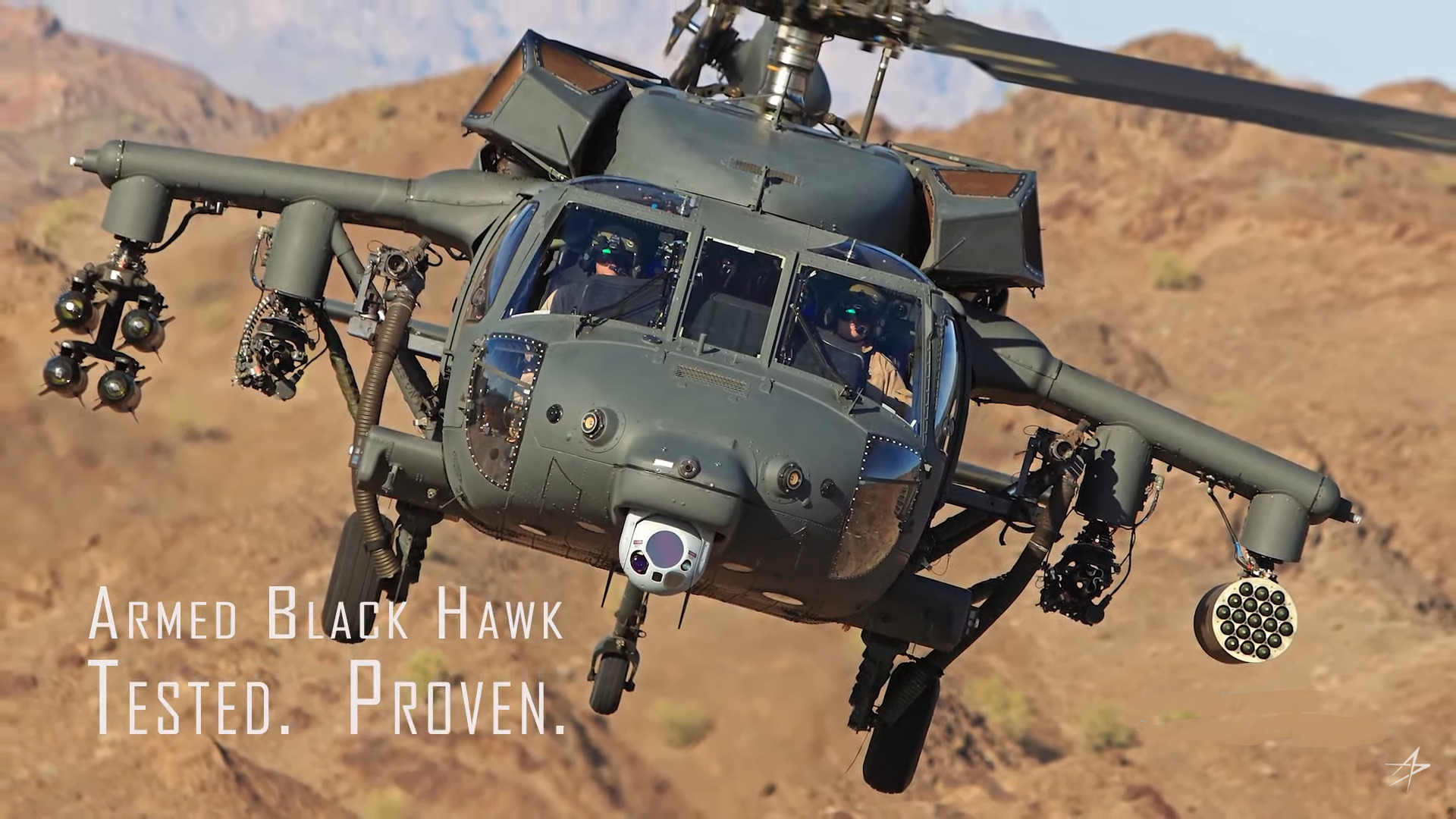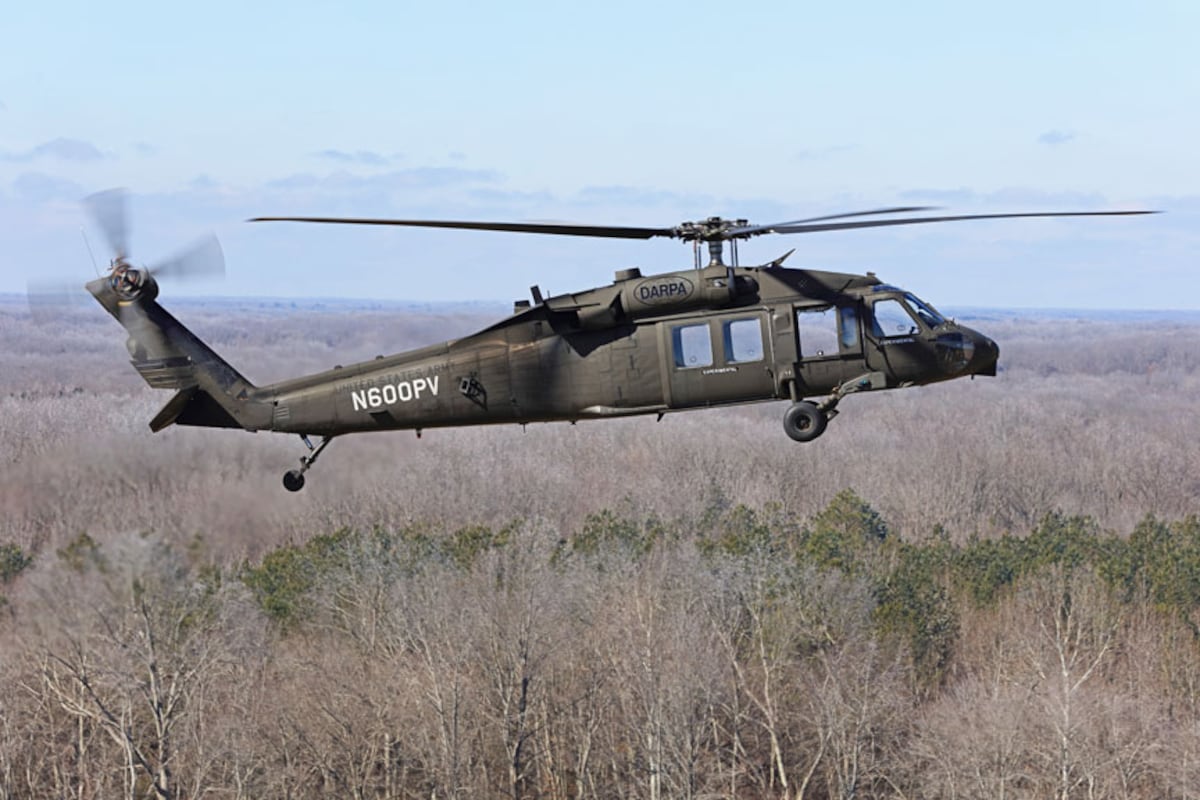How the Blackhawk Helicopter Supports Tactical and Altruist Missions Globally
Blackhawk Helicopters: Transforming Civil and armed forces Aeronautics
The intro of Blackhawk helicopters in the late 1970s noted a significant development in both civil and armed forces air travel. Their multi-role abilities have actually not only transformed army procedures however have also discovered considerable applications in noncombatant sectors such as emergency situation solutions and catastrophe reaction. The integration of sophisticated modern technologies has actually further improved their operational efficiency and integrity. However, as we examine their extensive influence, it is essential to consider the future trajectory of Blackhawk aeronautics and the challenges that might lie ahead in a rapidly changing landscape. What effects could this hold for the future generation of aerial operations?
Background of Blackhawk Helicopters
Historically, the development of Blackhawk helicopters began in the 1960s, driven by the USA Military's need for a flexible energy airplane to change the aging fleet of helicopters in solution during that time. The Military looked for a system that could carry out a range of objectives, including army transportation, clinical discharge, and logistical support, with boosted array, rate, and payload capability. In 1972, Sikorsky Airplane Company was granted the agreement for the brand-new style, which would come to be referred to as the UH-60 Blackhawk.
The very first flight of the prototype happened in 1974, and by 1979, the Blackhawk entered service, rapidly ending up being a foundation of the Army's air travel abilities. Over the years, the Blackhawk has actually undertaken many upgrades, guaranteeing its relevance in contemporary warfare while additionally leading the method for its adjustment in civil aeronautics duties, even more solidifying its condition as a renowned airplane.
Military Applications and Influence
The flexibility of the UH-60 Blackhawk has made it an essential property in different military applications because its intro. Made for multi-role capacities, the Blackhawk supports army transportation, medevac procedures, reconnaissance goals, and logistical assistance. Its capacity to run in varied atmospheres, from city setups to sturdy terrains, boosts its efficiency in fight and humanitarian objectives alike.
Blackhawks have played vital roles in various military procedures, including the Gulf War and procedures in Somalia and Iraq. They stand out in fast army release and emptying, dramatically enhancing operational performance and reaction times. The helicopter's sophisticated avionics and flight systems enable accuracy goals under damaging climate condition and during the night, consequently taking full advantage of mission success rates.
Furthermore, the Blackhawk's durable construction and powerful efficiency enable it to hold up against aggressive atmospheres, making it a favored option for special operations pressures. Its influence prolongs past straight fight roles, as it has also contributed in calamity alleviation and healing initiatives, showcasing its adaptability and integrity. The ongoing advancement of the Blackhawk's capabilities ensures its importance in modern-day military approach, solidifying its legacy as a foundation of armed forces aeronautics.
Technical Technologies
Countless technical innovations have dramatically boosted the capabilities of the UH-60 Blackhawk, guaranteeing it stays at the forefront of military aeronautics. Among one of the most significant advancements is the combination of sophisticated avionics systems, which give pilots with real-time data, enhancing situational understanding and decision-making. The intro of electronic cabin display screens changes standard analog instruments, minimizing and enhancing operations pilot workload.
In addition, the my review here incorporation of composite materials has enhanced the helicopter's structural stability while decreasing weight, thereby improving fuel performance and payload ability. The Blackhawk's rotor system has actually likewise advanced, including quieter and much more reliable blades that decrease sound signatures, crucial for hidden procedures.
Additionally, the application of fly-by-wire innovation improves flight control accuracy and security, enabling for far better efficiency in different atmospheres. Enhanced communication systems make it possible for safe and secure and reliable information exchange, assisting in worked with goals.
The adaptability of the Blackhawk has also been enhanced through modular layout, permitting quick reconfiguration to meet diverse mission needs. These technologies jointly guarantee that the UH-60 Blackhawk stays a crucial property in the arsenal of contemporary army forces, with the ability of reacting properly to an array of operational difficulties.
Private Citizen Uses and Profits


In Addition, Blackhawks are employed in firefighting operations, specifically in difficult surfaces. Outfitted with water containers or airborne firefighting technologies, they published here improve the capabilities of ground crews, enabling more efficient feedbacks to wildfires. The helicopters have actually discovered duties in law enforcement and search-and-rescue objectives, enhancing public security efforts in urban and wilderness setups.
In the realm of infrastructure assistance, Blackhawk helicopters are made use of for transport of employees and tools to hard-to-reach areas, such as oil gears and remote building and construction sites. The flexibility of these airplane, integrated with their robust layout, offers both performance and reliability, making them indispensable assets across different fields in the civilian landscape. Therefore, the Blackhawk helicopter continues to make significant payments past its army heritage.
Future of Blackhawk Aviation
Arising technologies and shifting functional demands are positioned to shape the future of Blackhawk air travel dramatically. As military and civilian industries significantly focus on adaptability and effectiveness, developments such as sophisticated avionics, expert system, and improved materials will redefine the capacities of Blackhawk helicopters - Blackhawk Helicopter. These innovations will certainly not just boost trip performance yet likewise boost objective preparation and execution through real-time data analysis and decision-making assistance

In addition, sustainability will end up being a focal factor in future Blackhawk styles. Establishing crossbreed or electric propulsion systems might lower the environmental effect of military and noncombatant operations, aligning with international efforts to fight climate change.
Conclusion
Finally, Blackhawk helicopters have dramatically transformed both army and civil air travel considering that their inception. Their multi-role capabilities have shown necessary in numerous functional contexts, from fight to emergency services. Technical developments have actually additionally enhanced their efficiency and adaptability, guaranteeing continued importance in modern aviation. As future growths in air travel innovation arise, the Blackhawk's duty is most likely to expand, solidifying its standing as a critical property throughout varied markets in the coming years.
The introduction of Blackhawk helicopters in the late 1970s noted a significant advancement in both civil and army air travel. The ongoing development of the Blackhawk's capacities ensures its relevance in modern army strategy, strengthening its tradition as a cornerstone of armed forces aeronautics.
Numerous technological technologies have considerably enhanced the capacities of the UH-60 Blackhawk, guaranteeing it remains at the leading edge of army air travel. As army and civilian fields significantly focus on versatility and performance, technologies such as innovative avionics, fabricated intelligence, and boosted materials will certainly redefine the capacities of Blackhawk helicopters.In verdict, Blackhawk helicopters have significantly transformed both army and civil aeronautics considering that their inception.